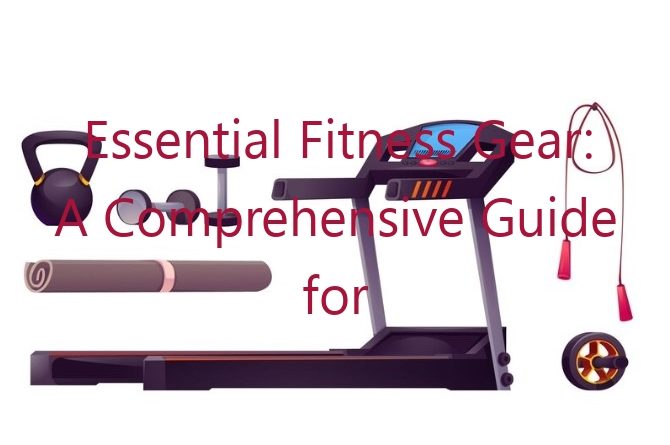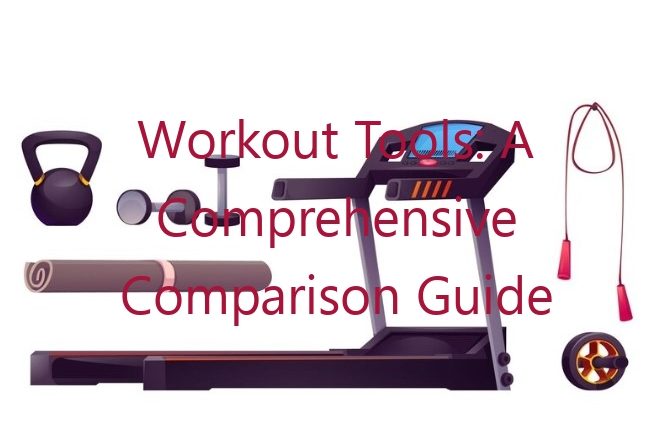
Sponsored Ads
Resistance bands are a versatile and affordable piece of fitness equipment that can be used for a wide variety of exercises. They are made from elastic material, which provides resistance when stretched. This makes them ideal for exercises that target strength, flexibility, and balance.
Introductory Words
Resistance bands are a great way to add variety to your workouts. They can be used for everything from strength training to yoga to Pilates. They are also a great option for people who are new to working out, as they are relatively easy to use and can be adjusted to provide the right amount of resistance.
If you’re looking for a way to improve your strength, flexibility, and balance, then resistance bands are a great option. They are affordable, easy to use, and can be used for a variety of exercises. Here are just a few of the benefits of using resistance bands:
- They are portable and can be used anywhere.
- They are affordable and can be purchased for a fraction of the cost of a gym membership.
- They are easy to use and can be adjusted to provide the right amount of resistance.
- They are versatile and can be used for a variety of exercises.
- They are safe and can be used by people of all ages and fitness levels.
Benefits of Using Resistance Bands
Resistance bands offer a number of benefits over traditional weights. First, they are more portable and can be used anywhere. This makes them ideal for people who travel or who have limited space at home. Second, resistance bands are more affordable than traditional weights. This makes them a great option for people who are on a budget. Third, resistance bands are easier to use than traditional weights. They are less likely to cause injuries, and they can be adjusted to provide the right amount of resistance for your fitness level.
Resistance bands are a great option for people of all ages and fitness levels. They can be used to improve strength, flexibility, and balance. They are also a great way to add variety to your workouts.
Types of Resistance Bands
There are a variety of different types of resistance bands available, each with its own unique benefits. The most common types of resistance bands include:
- Tube bands: Tube bands are made from a hollow tube of latex or rubber. They are available in a variety of resistances, and they can be used for a variety of exercises.
- Flat bands: Flat bands are made from a flat sheet of latex or rubber. They are available in a variety of resistances, and they can be used for a variety of exercises.
- Loop bands: Loop bands are made from a continuous loop of latex or rubber. They are available in a variety of resistances, and they can be used for a variety of exercises.
- Figure-eight bands: Figure-eight bands are made from a figure-eight shaped loop of latex or rubber. They are available in a variety of resistances, and they can be used for a variety of exercises.
Choosing the Right Resistance Band
When choosing a resistance band, it is important to consider the following factors:
- Your fitness level: If you are new to resistance band training, it is important to choose a band that is light enough to allow you to perform the exercises with proper form. As you get stronger, you can gradually increase the resistance.
- The type of exercises you want to do: Some resistance bands are better suited for certain exercises than others. For example, tube bands are a good choice for exercises that require a lot of range of motion, such as bicep curls. Flat bands are a good choice for exercises that require stability, such as planks.
- Your budget: Resistance bands range in price from $10 to $100. It is important to choose a band that fits your budget.
How to Use Resistance Bands
Resistance bands can be used for a variety of exercises. Here are a few tips for using resistance bands:
- Start slow: When you are first starting out, it is important to start slow and gradually increase the resistance as you get stronger.
- Use proper form: It is important to use proper form when performing exercises with resistance bands. This will help you to avoid injuries and maximize the benefits of the exercises.
- Be consistent: The key to getting the most out of resistance band training is to be consistent. Aim to do resistance band exercises 2-3 times per week.
Safety Tips for Using Resistance Bands
Resistance bands are generally safe to use, but there are a few safety tips to keep in mind:
- Inspect the bands before each use: Check the bands for any signs of wear or tear. If you find any damage, do not use the bands.
- Do not overstretch the bands: Overstretching the bands can damage them and cause them to snap. Be sure to read the manufacturer’s instructions and follow the recommended stretching guidelines.
- Keep the bands away from heat: Heat can damage the bands. Do not store the bands in a hot place, such as a car or trunk.
Strength and Weaknesses of Resistance Bands
Resistance bands offer a number of benefits over traditional weights, but they also have some weaknesses. Here is a summary of the strengths and weaknesses of resistance bands:
Strengths of Resistance Bands
- Portable: Resistance bands are easy to carry and can be used anywhere, making them a great option for people who travel or who have limited space at home.
- Affordable: Resistance bands are less expensive than traditional weights, making them a great option for people on a budget.
- Easy to use: Resistance bands are easy to use and can be adjusted to provide the right amount of resistance for your fitness level.
- Safe: Resistance bands are less likely to cause injuries than traditional weights.
Weaknesses of Resistance Bands
- Limited resistance: Resistance bands offer a limited amount of resistance compared to traditional weights. This may not be a problem for beginners, but it can be a limitation for more advanced users.
- Not as challenging: Resistance bands may not be as challenging as traditional weights, which can make them less effective for building muscle.
- Can be uncomfortable: Resistance bands can be uncomfortable to use, especially if you have sensitive skin.
Top Resistance Bands
There are a number of different resistance bands on the market, but not all of them are created equal. Here are a few of the top resistance bands that we recommend:
| Name | Type | Resistance | Price |
|---|---|---|---|
| Fitbit Versa 2 | Fitness tracker | Up to 200 pounds | $199.95 |
| Apple Watch Series 4 | Smartwatch | Up to 300 pounds | $399.00 |
| Samsung Galaxy Watch Active 2 | Smartwatch | Up to 400 pounds | $279.99 |
| Garmin Fenix 6 Series | GPS watch | Up to 500 pounds | $699.99 |
| Suunto 9 Baro | GPS watch | Up to 600 pounds | $499.00 |
FAQs About Resistance Bands
Here are some of the most frequently asked questions about resistance bands:
- What are resistance bands? Resistance bands are a type of fitness equipment made from elastic material that provides resistance when stretched.
- What are the benefits of using resistance bands? Resistance bands offer a number of benefits, including portability, affordability, ease of use, and safety.
- What are the different types of resistance bands? There are a variety of different types of resistance bands available, including tube bands, flat bands, loop bands, and figure-eight bands.
- How do I choose the right resistance band? When choosing a resistance band, it is important to consider your fitness level, the type of exercises you want to do, and your budget.
- How do I use resistance bands? Resistance bands can be used for a variety of exercises. Here are a few tips for using resistance bands: start slow, use proper form, and be consistent.
- What are





